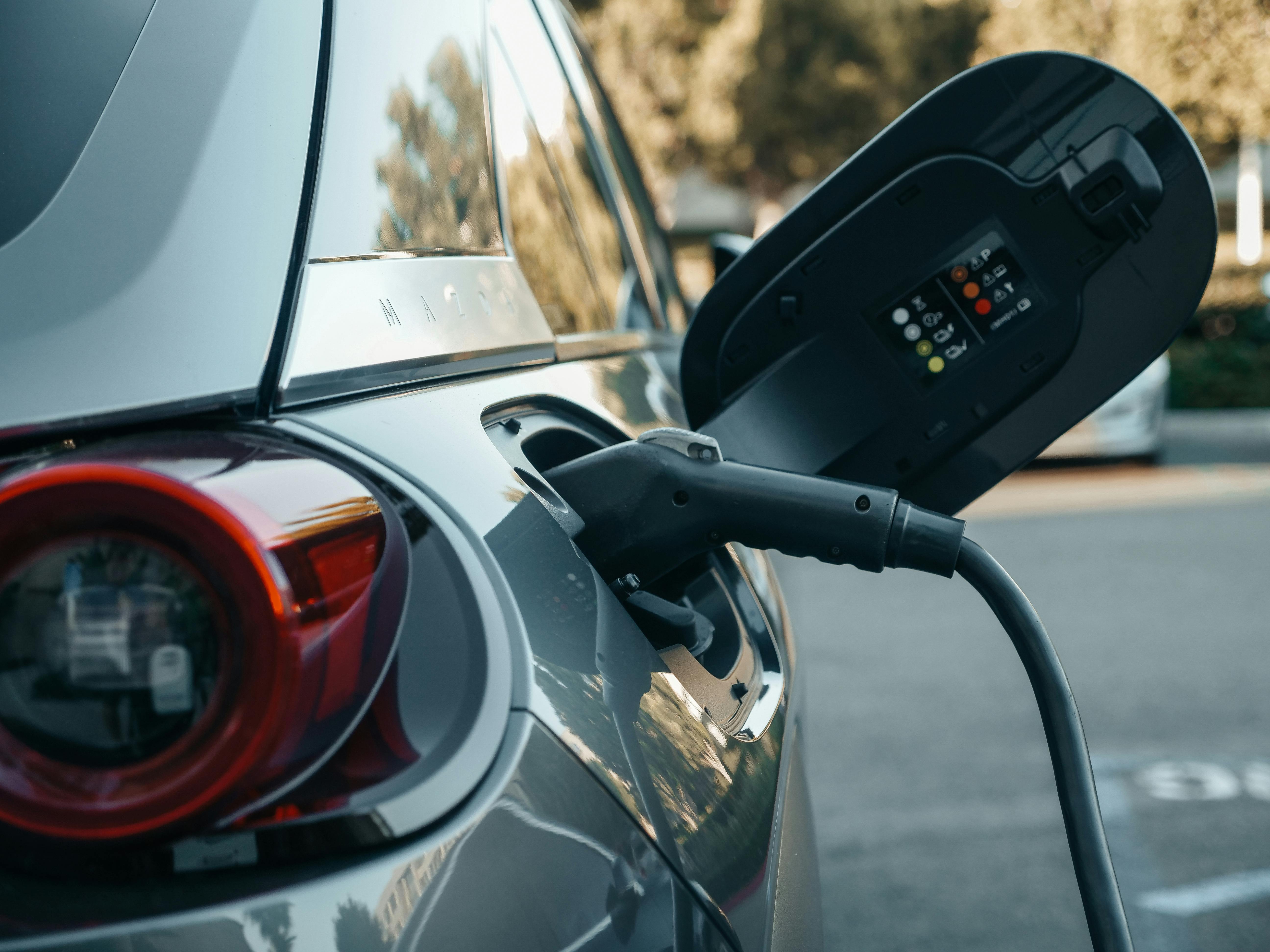Caltech seismologist and county officials urge residents to stay calm amid predicted aftershocks in the weeks to follow
Mississippi has hurricanes, Kansas has tornadoes and California, as we in the Southland were reminded of last week, has earthquakes.
In case you missed it, Southern California experienced two strong earthquakes last week: a 6.4 magnitude quake on the morning of Thursday, July 4 and a 7.1 quake on Friday, July 5, according to the United States Geological Survey (USGS).
The epicenters were the Mojave Desert and Ridgecrest, California for the 6.4 quake and the 7.1 quake, respectively.
Friday’s Ridgecrest quake was so strong that folks in Las Vegas felt its tremors.
“This earthquake in Ridgecrest has not increased the chance of an earthquake in Southern California, in the metropolitan area,” Caltech seismologist Dr. Lucy Jones said at a press conference on Sunday. “It has also not decreased it.”
After the quakes Gov. Gavin Newsom ordered the California Office of Emergency Services operations center to operate “to its highest level” and announced that he requested that President Donald Trump issue a declaration of emergency so the state could receive federal aid.
But that being said, the USGS said that scientists haven’t been able to predict major earthquakes, saying, “We do not know how, and we do not expect to know how any time in the foreseeable future. USGS scientists can only calculate the probability that a significant earthquake will occur in a specific area within a certain number of years.”
Despite earthquakes being nearly impossible to predict, while it’s top of mind for Californians, the best thing to do is to stay calm and remember the safest courses of action during a quake and how best to prepare for one.
When you start to feel shaking, follow the Great California ShakeOut Earthquake Drill
It’s a procedure demonstrated in schools across the state, but in case you missed out on the yearly classroom drill, the rules are simple: “Drop, Cover and Hold On.”
When the ground begins to shake, drop to the ground, take cover by getting under a sturdy desk and hold onto its legs until the shaking stops. While taking cover, cover your head and neck with your arms and remain under the table.
It’s important to avoid windows, large hanging objects, mirrors, tall furniture or large appliances.
Do not use elevators and do not go outside. If in a wheelchair, lock your wheels and cover your head and neck with your arms.
If you are outdoors, get to an open area, and if you are driving, pull to the side of the road and stop
It’s far more dangerous to be out in the elements during a quake but if you happen to be outside, get to the nearest clear area if it’s safe. Avoid being near power lines, buildings and trees. If behind the wheel, safely pull to the side of the road and put your car in park. Avoid pulling over under overhead hazards like freeway overpasses, street lamps and trees. If stopped on a slope, use the emergency break.
Do not take shelter under the nearest doorway
It’s a myth we all grew up thinking was a viable way to protect oneself during a quake, but KPCC journalist Jacob Margolis told the New York Times this week that standing at a doorway is hazardous because swinging doors could cause serious injuries.
Margolis said that the myth may have stemmed from the 1800s, when it was reported that the doorway of an adobe house in California was the only standing structure. However, in modern homes and buildings, the doorway is no safer than anywhere else as a doorway doesn’t protect against falling or flying objects.
It may also be more difficult to try to brace yourself during stronger quakes. The safest option is to just get under a table.
After the quake, check on people around you and inspect the area to make sure it is safe
Provide first aid to anyone who may have injuries and carefully check the area of any hazardous conditions like fires, power outages and structural damage. If you smell gas, turn off the gas.
If trapped in debris, move as carefully as possible and cover nose and mouth to avoid breathing in dust.
Only call 9-1-1 if in an emergency
It is imperative that the 911 line remain open and not blocked up immediately after an earthquake, so if there are no serious injuries or dangerous structural damages, refrain from calling 911.
“Yes, another #earthquake. Reminder, only use 911 for emergencies. 877-ASK-LAPD for non emergencies in the City of LA. The LAPD will be working with our city partners to ensure everyone’s safety in the City of Los Angeles,” the LAPD tweeted after the Ridgecrest earthquake.
After shaking stops, be aware that aftershocks may follow.
Make an earthquake emergency kit
According to the Federal Emergency Management Agency (FEMA), it is encouraged that anyone who lives in an area prone to earthquakes take precautionary measures in the home and put together an emergency kit in the event of a major quake.
At home, make sure that objects that may fall and injure are moved, especially if they are located above where you sleep.
When assembling an earthquake preparedness kit, FEMA advises to include the following:
1. Water (a gallon per person per day for at least three days)
2. A 3-day supply of nonperishable food, including infant formula and pet food
3. A fully charged smartphone power bank to keep cell phones charged
4. Flashlight and batteries
5. A standard first aid kit
6. Sanitary supplies like wipes, hand sanitizer and paper towels
7. Fire extinguisher
8. A whistle
9. Extra clothes and blankets
10. Cash
Phone reception and internet may be cut after an earthquake, so it’s also advised to keep a small radio handy to get updates on the quake.
Pet care during earthquakes
For many of us, our pets are important members of the family, and it’s crucial that they also be prepared for an earthquake. In 2014 after a 6.0 earthquake hit Northern California, families reported missing pets who escaped during the quake.
Make sure that pets — even indoor pets — have proper identification (collar, microchip and tags) with the owner’s up-to-date contact information. Cats, in particular, have a tendency to hide during natural disasters, so it’s important that all house cats have some kind of identification in the event of a disaster.
Building a pet disaster preparedness kit may also be helpful. The Humane Society recommends including the following: food and water for at least five days, leashes and secure carriers, a pet first aid kit, and any medication and medical records.
In the event that you may have to board your pet at a pet hotel or at the vet, it would also be helpful to keep written down information about your pets’ feeding schedules and any medical and behavioral issues, the Humane Society advises. (Klarize Medenilla/AJPress)






